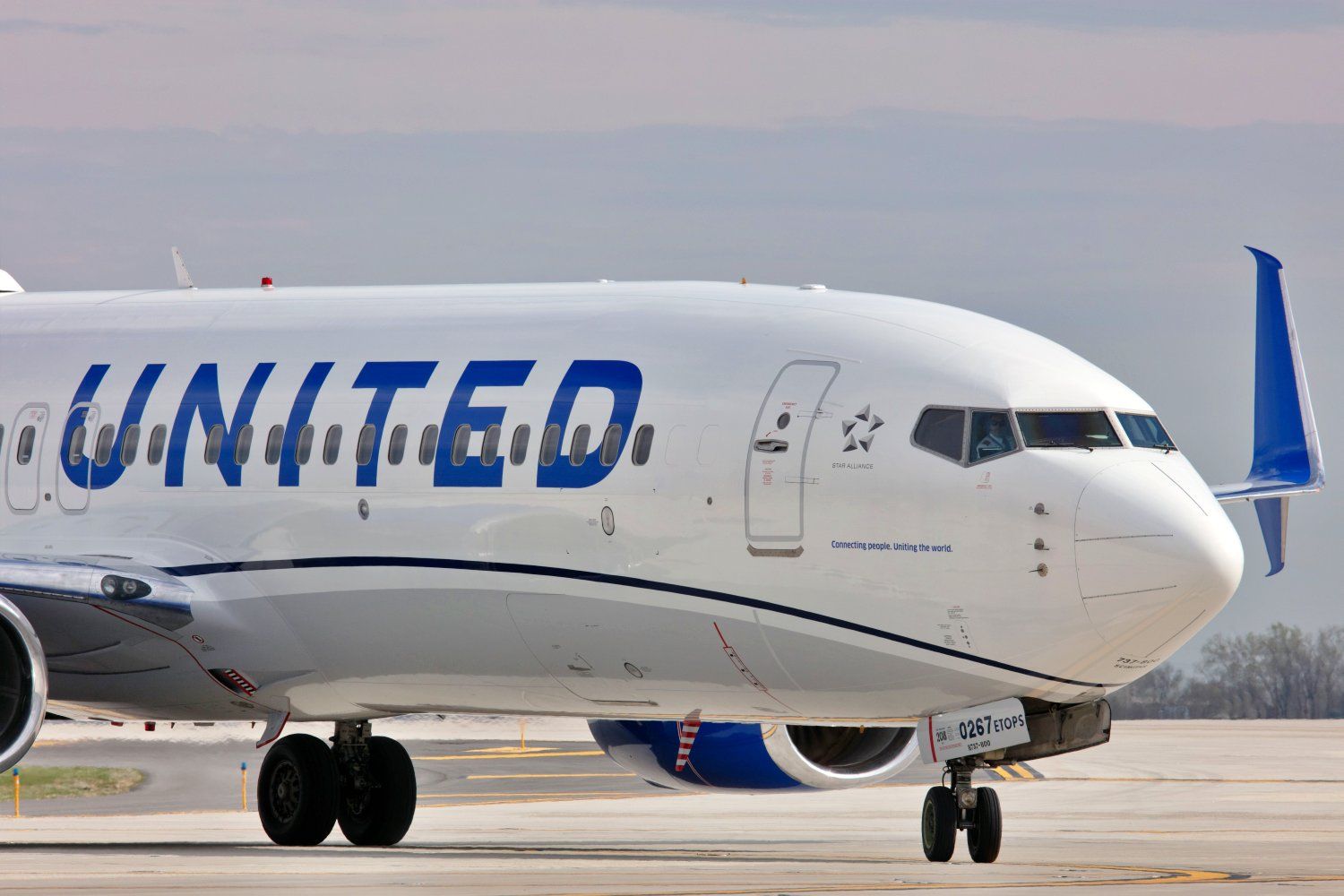NTSB Urges Boeing and FAA to Address Potential Rudder System Jam on 737NG and MAX Aircraft
The National Transportation Safety Board (NTSB) has issued urgent safety recommendations to The Boeing Company and the Federal Aviation Administration (FAA) after discovering a potential rudder control system malfunction on Boeing 737NG and 737MAX aircraft. The issue stems from faulty Collins Aerospace SVO-730 rudder rollout guidance actuators, which could lead to rudder system jams or restrictions during critical flight phases.
The investigation was initiated after a February 6, 2024, incident involving a United Airlines 737-8 (MAX) at Newark Liberty International Airport. During the landing rollout, the rudder pedals became stuck in the neutral position, forcing the flight crew to use nosewheel steering to maintain control. Although no injuries or damage occurred, subsequent testing of the actuator revealed that moisture inside the unit could freeze and impair rudder movement.
Over 350 Boeing Aircraft Affected
Tests conducted by the NTSB and Collins Aerospace found that 353 actuators, delivered to Boeing since 2017, had a manufacturing flaw in the assembly of a sealed bearing. This flaw makes the actuators susceptible to moisture ingress, which can freeze in cold temperatures, limiting the rudder’s functionality. The malfunction is particularly concerning for Category IIIB approach and landing operations, where precise rudder control is essential.
The current Boeing flight manual instructs pilots to apply maximum force to overcome a rudder jam. However, the NTSB warns that this could result in undesired rudder deflection, potentially leading to runway departure or loss of control during landing. The NTSB has called on Boeing to revise these procedures and provide alternate methods to handle such situations.
FAA Urged to Act
In its recommendations, the NTSB urged the FAA to determine whether affected actuators should be removed from service and replaced with compliant units. The NTSB also called on the FAA to notify international aviation regulators about the issue, encouraging them to take similar action to ensure the safety of Boeing 737NG and 737MAX operators worldwide.
The NTSB Aviation Investigation Report AIR-24-06 provides further details on the findings and recommendations. As the investigation continues, the NTSB may issue additional updates.
Boeing and the FAA have yet to provide a timeline for the replacement of affected actuators, but the NTSB’s recommendations are considered urgent due to the potential safety risks posed by the malfunctioning rudder control system.


Comentarios
Para comentar, debés estar registrado
Por favor, iniciá sesión